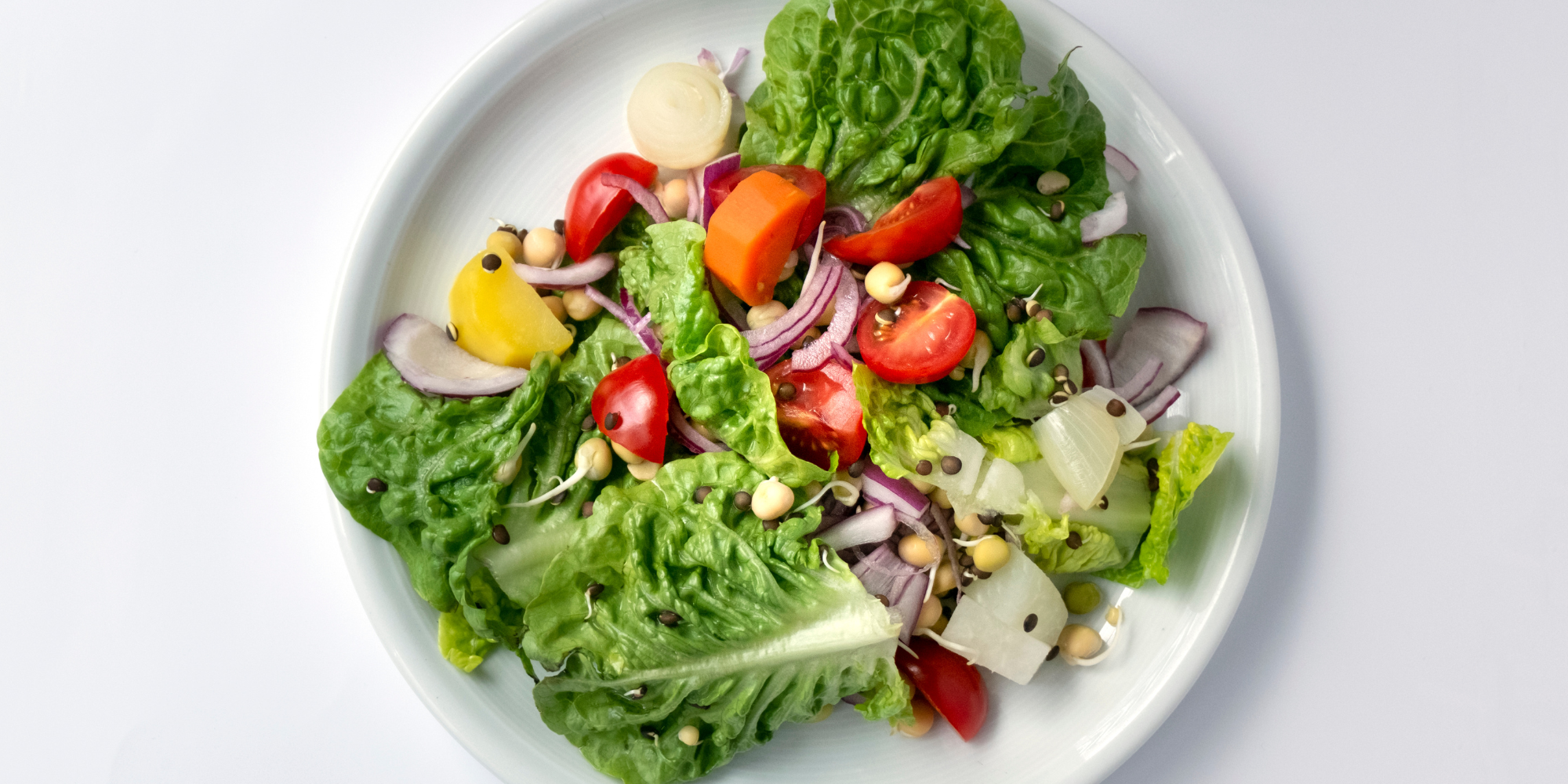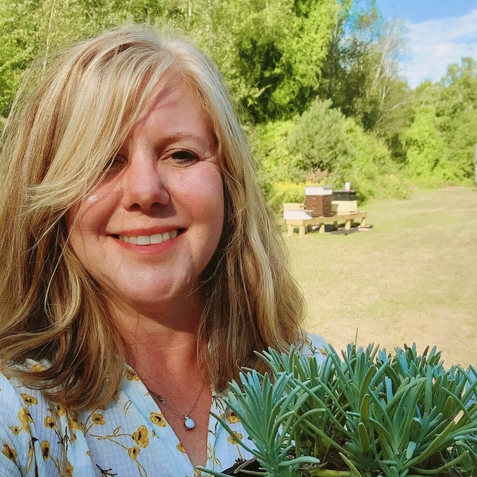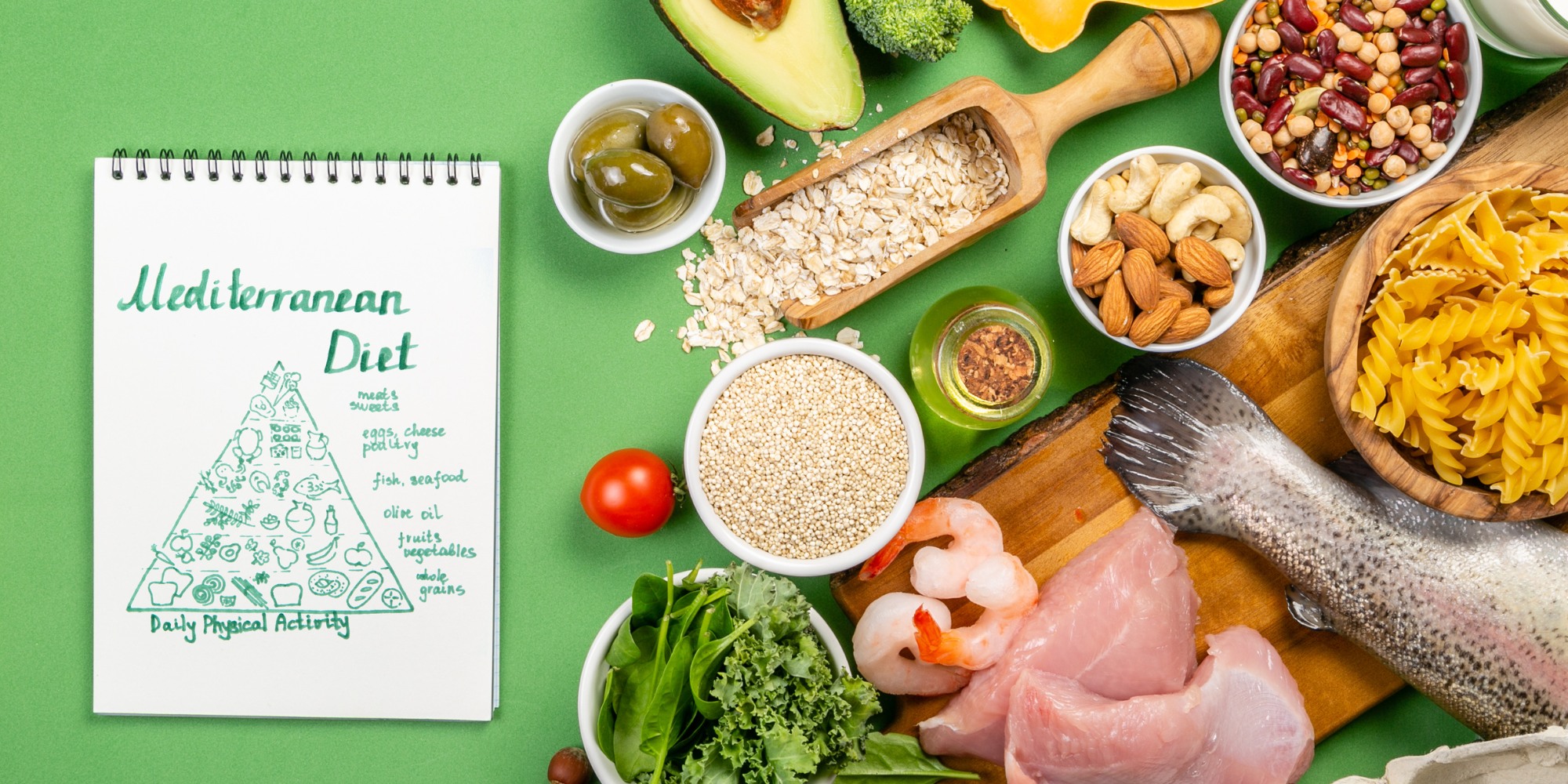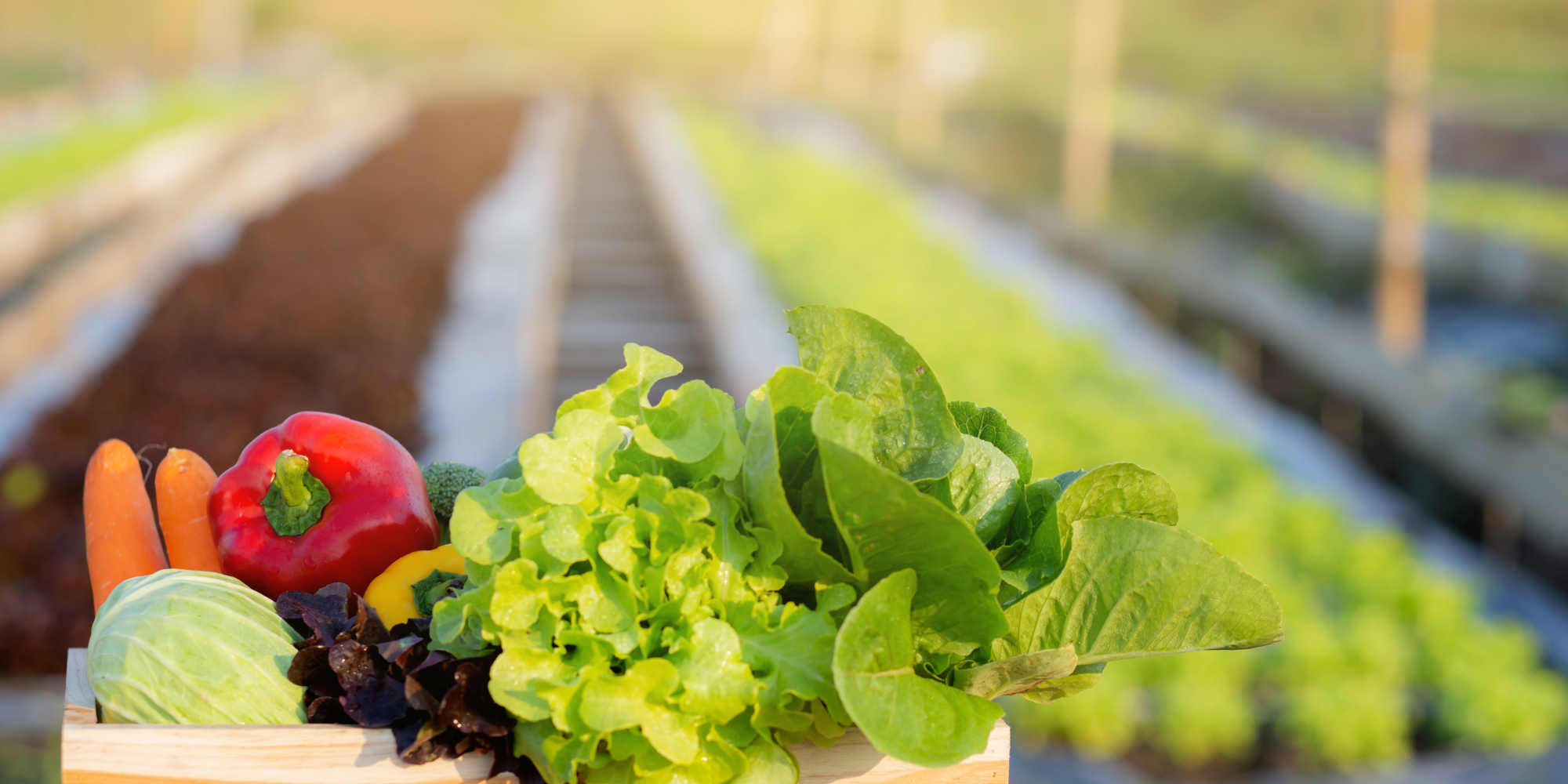If anyone has been paying attention to supermarket shelves, Instagram, media articles, and restaurant menus, plant-based eating is trending. As I discussed with a friend who follows a vegan diet, it’s easier than it has ever been to find vegan and vegetarian foods to buy. One could say it has hit the mainstream, and more startups and established food companies are offering plant-based alternatives that taste good.
This is a pretty good indicator that the population has gotten the message that plant foods are essential to overall health and future well-being. Also, according to the Plant-Based Foods Association, “Economic activity in the plant-based foods industry leads to sales of $13.7 billion a year throughout the U.S. economy. The analysis also estimates that plant-based food companies pay $1.1 billion in federal and state taxes each year, representing 20% of the industry’s revenues. The report predicts that at current growth rates, the plant-based food sector will generate $13.3 billion in tax revenues over the next ten years.”
With that said, plant-based does not necessarily mean that one doesn't include any meat, dairy, or eggs in their menu. It simply means adding more fruits, vegetables, lentils, beans, whole grains, nuts, and seeds in an overall healthy eating pattern.
A study of over 200,000 people found that those who followed a healthy plant-based diet rich in vegetables, fruits, whole grains, legumes, and nuts had a significantly lower risk of developing heart disease than those following non-plant-based diets. However, unhealthy plant-based foods that included sugary drinks, fruit juices, and refined grains were associated with a slightly increased heart disease risk in that same study.
Another study of over 77,000 people showed that those who followed a mostly plant-based diet might lower their risk of colorectal cancer by almost 22% compared to non-plant-based diet eaters.
If that's not enough evidence, there have been studies that indicate that a diet high in plant-based vegetables and fruits may help prevent Alzheimer's disease in older adults. Still, more research is needed to prove this definitively. Plants contain phytochemicals and antioxidants, which may slow the progression of Alzheimer's disease and cognitive decline.
One of the main reasons dietitians are interested in helping people eat more plant foods is because they generally contain high amounts of vitamins, minerals, and FIBER. Most Americans aren't eating enough of this crucial dietary component. The average adult only eats 15 grams of fiber per day. According to the Institute of Medicine, women need 25 grams of fiber per day, and men need 38 grams per day. We're falling short, and it may have serious health consequences in the future of our health. Specifically, our gut health and weight gain are most affected by a low-fiber diet. As we are learning and as the research emerges, we're seeing how important maintaining a healthy gut may contribute to our physical and mental well-being.
Fiber comes from plant foods. Dietary fiber is what you eat and is also a carbohydrate. You may also see it listed on a food label as soluble fiber or insoluble fiber. Both types play an important role in health. It adds bulk to your diet and makes you feel full faster, helping you control your weight. It improves digestion and, coupled with activity and water, helps prevent constipation.
In terms of gut health, dietary fiber, and our gut microbiota (your intestines' microorganisms) work together to improve health. These microorganisms thrive on fermentable fibers from vegetables, whole grains, beans, lentils, nuts, and seeds. They resist digestion along the digestive tract and are devoured by these microorganisms, and energy, nutrients, and vitamins are utilized.
Interestingly, short-chain fatty acids are obtained from fiber and have been linked to better immune function and decreased inflammation, which contributes to chronic disease (cancer, heart disease, diabetes, etc.) and may help prevent obesity.
The suggestions below are ones that I practice myself and I often recommend them to ICR patients looking to incorporate more plant-based foods:
- Take food with you; nuts, seeds, homemade trail mix, raisins, fruit, and raw vegetables all travel well and don't need refrigeration. If you have this food available, you're more likely to eat it—and save money!
- Beans and lentils are high in fiber and vitamins. The canned varieties are just fine (be sure to look for no salt added). Many types don't have a strong flavor and can be added to specific recipes.
- Let your vegetables take up half of your plate before you put other foods on it. It may help to keep portion sizes in check.
- Make homemade smoothies. I started doing this in the morning and add in at least a cup of greens and frozen fruit along with other ingredients into my mixture. By doing this in the morning, not only do I start the day right, it helps me eat more healthfully during the day.
- Sprinkle chia seeds or pumpkin seeds on salads, in oatmeal, and in smoothies to increase nutritional value and fiber in foods.
- See a Registered Dietitian. No one is more qualified to dispense diet advice than an RD. He or she can help you plan ways to incorporate plant-based foods into your menu tailored to your individual needs. If you are or will be participating in the Pritikin program, you will have the opportunity to work with an RD as comprehensive nutrition education and dedicated one-on-one evaluations with RDs are key features of the Pritikin program.
This article was originally published on February 2020 on Nutrition Pro Consulting, Kim Melton’s website.




